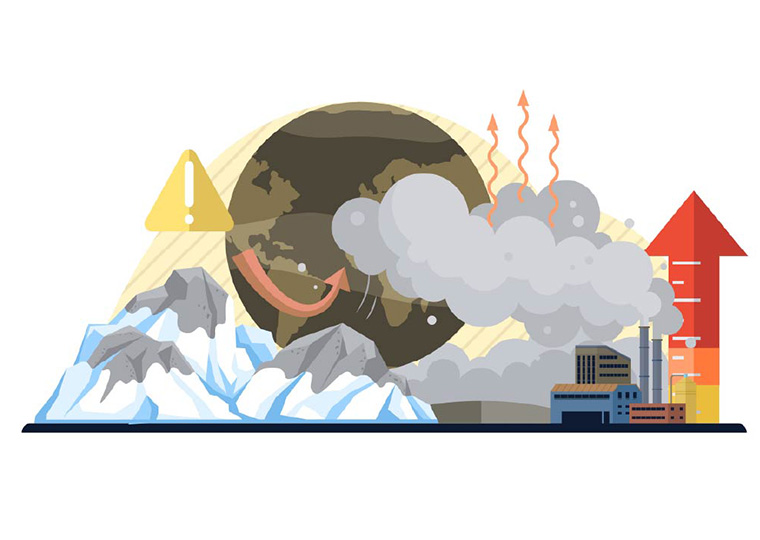Environmentally conscious companies that also instill teamwork and quality enjoy higher output
Businesses increasingly understand that employees prefer to work for companies with strong pro-environment policies. “Green” organizations have an easier time attracting candidates, studies find, and the people who work in them are more likely to be satisfied with their jobs. Millennials in particular are looking for employers making a positive impact on the world.
Still, managers may wonder: If we do adopt sustainable, environmentally friendly practices, will workers then be more productive? Does it pay to be green?
A new paper from UCLA Anderson’s Magali A. Delmas and University of Montenegro’s Sanja Pekovic suggests that going green pays — but with a big caveat. The researchers found that green practices like recycling programs, efficient use of energy and pollution-reduction measures are linked to higher labor productivity only when combined with other performance-enhancing practices, such as training, teamwork or quality management programs. Pro-environment programs alone don’t boost employee performance.
Opt In to the Review Monthly Email Update.
For managers, this means that environmental programs need to be coordinated with the rest of the business if they are to contribute to higher productivity. The findings, published in the January 2018 issue of Business & Society, indicate that, when it comes to promoting sustainability, operational improvements aren’t enough.
Delmas and Pekovic analyzed surveys of 4,975 employees at 1,866 French firms using a technique called “qualitative comparative analysis,” which is handy in identifying complex cause-and-effect relations in situations with lots of variables. To measure companies’ environmental practices, the researchers counted green innovations aimed at reducing waste, cutting energy consumption, replacing polluting materials with less hazardous substances and decreasing pollution in general. To assess productivity, they simply divided company output by the number of employees.
Then they looked at how varying configurations of environmental and management practices stacked up in terms of employee productivity. The most productive firms, they found, were those that combined environment-friendly practices, a quality management program and either worker training programs, robust ties with other companies or evidence of strong teamwork among employees. The authors speculate that teamwork, training and interfirm relations are basically interchangeable, each one strengthening interpersonal contacts and enabling the spread of shared values.
It also turns out that, when instilled together, environmental practices and quality management programs always were linked to higher productivity. Both require the active involvement of employees and both can make company operations more efficient. What’s more, green upgrades can improve quality, and quality improvements can make operations more efficient and less wasteful.
The study’s findings also suggest that traditional human resources functions, like employee training and promoting teamwork, play an important role in corporate sustainability. A survey conducted by the Society for Human Resource Management found that only 6 percent of HR leaders are involved in the creation of strategic sustainability programs. “A better integration of environmental sustainability issues in the fabric of the organization can enhance employee engagement and productivity,” Delmas says.
Featured Faculty
-
Magali Delmas
Professor of Management; Faculty Director, Impact@Anderson
About the Research
Delmas, M.A., & Pekovic, S. (2018). Organizational configurations for sustainability and employee productivity: A qualitative comparative analysis approach. Business & Society, 57(1), 216–251. doi: 10.1177/0007650317703648






